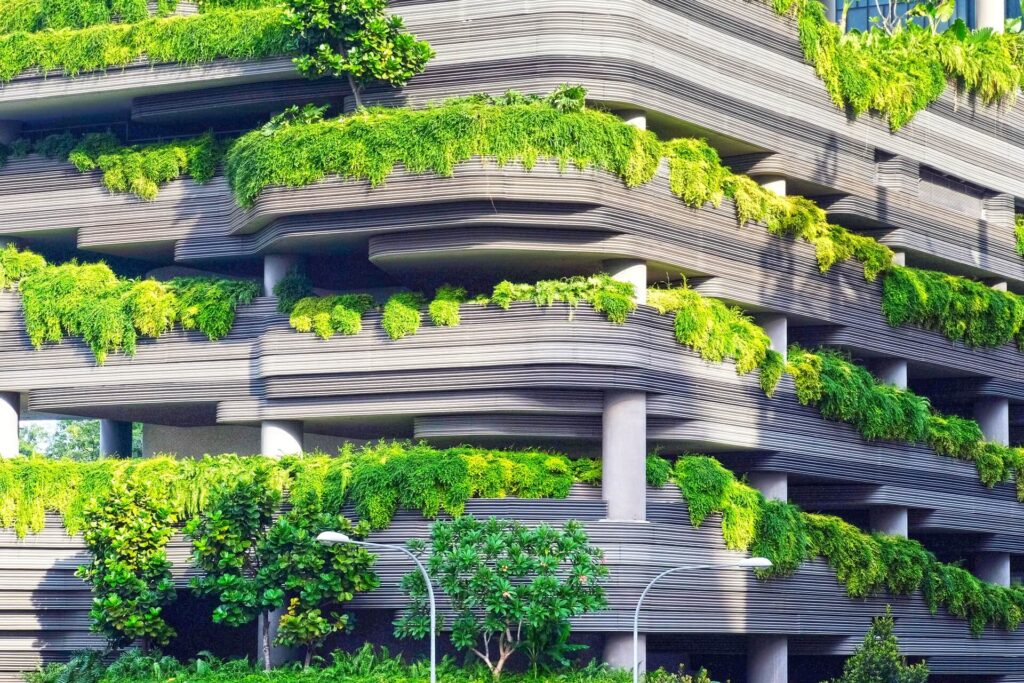SUSTAINABLE BUILDING PRACTICES AND GREEN CONSTRUCTION
Sustainable Building Practices and Green Construction
Sustainable building practices and green construction have become increasingly important in the construction industry as the world faces the challenges of climate change and resource depletion. These practices aim to create buildings that are environmentally responsible, energy-efficient, and economically viable. In this article, we will explore key points related to sustainable building practices and green construction.
1. Energy Efficiency
One of the primary objectives of green construction is to maximize energy efficiency. This involves designing buildings that use less energy for heating, cooling, lighting, and other operational needs. Strategies for achieving energy efficiency include proper insulation, energy-efficient windows, and the use of renewable energy sources such as solar panels.
2. Sustainable Materials
Choosing sustainable materials is crucial in green construction. This involves using materials that have a lower environmental impact, are responsibly sourced, and have a longer lifespan. Examples include recycled materials, reclaimed wood, and low-VOC (volatile organic compound) paints that improve indoor air quality.
3. Water Conservation
Green construction emphasizes water conservation through the use of efficient plumbing fixtures, rainwater harvesting systems, and drought-resistant landscaping. These measures help reduce water consumption and minimize the strain on local water resources.
4. Site Selection and Design
Selecting an appropriate site and designing buildings to take advantage of natural elements can significantly contribute to sustainability. Proper site selection considers factors like proximity to public transportation, minimizing disruption to natural habitats, and utilizing passive solar design principles for natural heating and cooling.
5. Waste Reduction
Reducing construction and demolition waste is a key aspect of sustainability. Green construction practices promote recycling, reusing, and repurposing materials to minimize the amount of waste sent to landfills. Construction waste management plans are often implemented to achieve this goal.
6. Indoor Air Quality
Ensuring good indoor air quality is vital for the health and well-being of building occupants. Green construction incorporates ventilation systems, low-emission building materials, and strategies to reduce indoor pollutants, such as mold and allergens.
7. Green Building Certifications
Various organizations provide certifications for green buildings, such as LEED (Leadership in Energy and Environmental Design) and BREEAM (Building Research Establishment Environmental Assessment Method). These certifications help evaluate and recognize buildings that meet specific sustainability criteria.
8. Life Cycle Assessment
Life cycle assessment (LCA) is a comprehensive analysis of a building’s environmental impact throughout its entire lifespan, from construction and operation to demolition or renovation. LCA helps identify opportunities for reducing a building’s overall environmental footprint.
9. Cost Savings and Economic Benefits
Contrary to the misconception that green construction is more expensive, it often leads to long-term cost savings. Energy-efficient buildings have lower operational costs, and sustainable features can increase property value. In addition, governments and municipalities may offer incentives or tax benefits for green construction projects.
10. Resilience and Adaptability
Sustainable building practices also consider a building’s resilience to climate change and extreme weather events. Designing for adaptability allows buildings to evolve with changing needs and technologies, reducing the need for future renovations.
In conclusion, sustainable building practices and green construction are crucial for mitigating the environmental impact of the construction industry. These practices not only benefit the planet but also offer economic advantages and improved quality of life for building occupants. As the construction industry continues to evolve, the adoption of sustainable principles will play a central role in shaping the buildings of the future.


